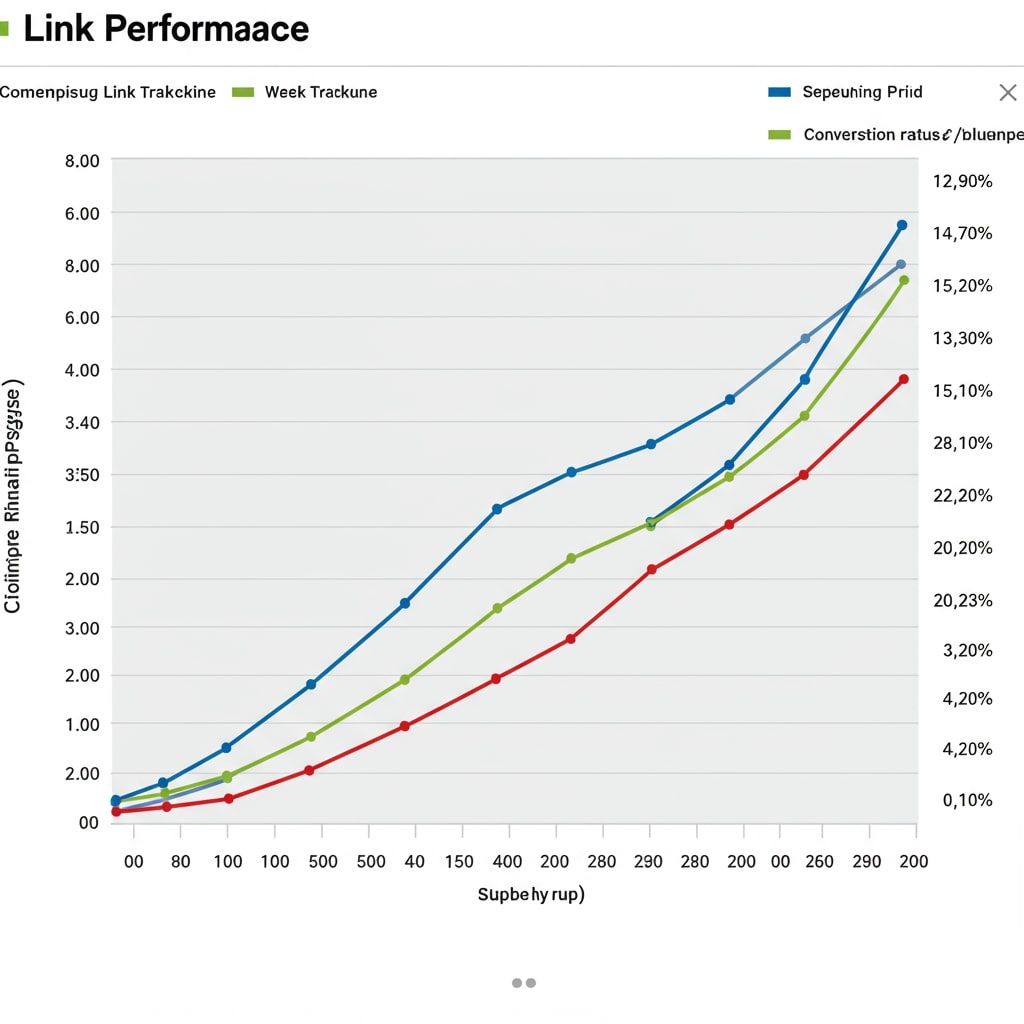
In today’s competitive online landscape, intuition alone isn’t enough to secure high-quality backlinks. Savvy marketers are turning to data-driven link building—leveraging analytics to identify the best opportunities, optimize outreach, and measure impact. In this comprehensive guide, we’ll walk you through each step of a data-powered strategy that will elevate your SEO performance and drive sustainable organic growth.
1. Why a Data-Driven Approach Matters

Traditional link building often relies on guesswork: you create content, pitch influencers, and hope for the best. But without data, you can’t answer crucial questions:
- Which types of sites produce the most traffic?
- What anchor text converts readers into customers?
- Which outreach channels yield the highest response rate?
By tapping into analytics platforms—Google Analytics, Search Console, Ahrefs, or Moz—you gain actionable insights. You’ll discover which content resonates, where your audience comes from, and which backlink sources are most valuable. These metrics help you allocate resources wisely, prioritize high-impact targets, and continuously refine your strategy for maximum ROI.
2. Collecting and Analyzing Link Data

Begin by auditing your existing backlink profile. Use tools like Ahrefs or SEMrush to export a comprehensive list of referring domains, anchor texts, and link types. Then, merge this with Google Analytics data to understand key performance indicators (KPIs):
- Referral traffic volume
- Bounce rate and time on page from referred visits
- Conversions attributed to each referring domain
Next, segment your data by domain authority, topical relevance, and geographic location. Create dashboards to visualize trends: which niches send the best traffic, what day/time outreach performs best, and which anchor texts drive conversions. This foundation will power every subsequent decision in your link-building campaign.
3. Identifying High-Value Link Opportunities
With a clear view of your current profile, it’s time to find new targets. Use these data-driven tactics:
- Competitor Gap Analysis: Identify domains linking to your competitors but not to you. Prioritize those with high domain authority and relevant traffic metrics.
- Topical Authority Mapping: Cluster content themes where your site already ranks well. Seek out authoritative resources in those verticals for guest posts or resource link placements.
- Broken Link Hunting: Find broken outbound links on high-traffic pages in your niche. Offer your content as a replacement, citing updated statistics or new insights.
- Content Gap Expansion: Use keyword analytics to spot questions with high search volume but sparse coverage. Create in-depth assets and pitch them to relevant sites or communities.
Leveraging data at each step ensures you pursue only the most impactful opportunities, maximizing your outreach efficiency.
4. Optimizing Outreach with Analytics
Once you’ve identified targets, tailor your outreach based on historical response data. Track metrics like open rate, reply rate, and link acceptance rate across different templates, subject lines, and sender profiles.
- A/B Test Messaging: Send variant pitches to small samples and compare performance. Refine subject lines, email copy length, and call-to-action placement based on response metrics.
- Timing & Frequency: Analyze your CRM logs to spot the days and times with the highest engagement. Avoid over-emailing: a well-timed follow-up can improve your acceptance rate without annoying prospects.
- Personalization at Scale: Use scraped data—site traffic stats, social profiles, recent publications—to add 1–2 personalized lines per outreach. Track which personalization hooks yield the best responses.
By continuously measuring and tweaking, you’ll develop an outreach engine that delivers consistently high-quality backlinks with minimal manual effort.
5. Measuring Link Performance Over Time

Securing a backlink is just the beginning. To prove ROI, monitor the link’s impact on your SEO KPIs:
- Organic Traffic Lift: Compare referral and direct search traffic before and after link acquisition.
- Keyword Ranking Improvements: Track keyword position shifts for pages that gained new backlinks.
- Conversion Attribution: Use multi-channel funnels in Google Analytics to attribute leads or sales to specific backlinks.
Set up automated reports or dashboards to alert you when a link underperforms or when certain outreach channels excel. This closed-loop feedback allows you to double down on successful tactics and pause those that don’t move the needle.
6. Case Study: A Data-Driven Campaign in Action
Consider a mid-sized e-commerce site selling eco-friendly home goods. They began by auditing their existing backlinks and discovered a high referral bounce rate from lifestyle blogs. By drilling into their analytics, they found that practical “how-to” guides outperformed feature articles.
- They performed a competitor gap analysis, uncovering authoritative DIY and sustainability blogs that hadn’t been linked to yet.
- They created a series of step-by-step tutorials on repurposing household items, complete with infographics and videos.
- Using A/B tested outreach, they refined their email to emphasize data-backed benefits—linking practical advice to increased page views and conversions.
Within three months, referral traffic from new backlinks grew by 65%, organic keyword rankings improved by an average of 8 positions, and overall revenue attributed to backlinks rose by 40%. This success hinged on continuous data analysis at every stage.
7. Best Practices and Pitfalls to Avoid
As you embark on your data-driven link-building journey, keep these dos and don’ts in mind:
- Integrate data early—start with a full audit before creating content or reaching out.
- Maintain data hygiene—filter out spammy domains and outdated links to avoid skewed insights.
- Overlook qualitative context—combine numbers with a human understanding of your niche.
- Chase quantity over quality—fifty low-authority links won’t beat five high-authority, highly relevant placements.
- Automate reporting—save time and spot trends faster by linking your analytics tools.
Conclusion
Data-driven link building transforms guesswork into a precise, repeatable process. By auditing your profile, identifying high-value targets, optimizing outreach, and measuring performance, you’ll secure backlinks that not only boost rankings but also drive meaningful traffic and conversions. Start implementing these analytics-powered tactics today to stay ahead of the competition and build a scalable, future-proof SEO strategy.
Ready to take your link building to the next level? Dive into your analytics dashboard now and uncover the first set of opportunities waiting to be claimed.
If you’re ready to go beyond the basics, check out our guide on 10 Advanced Link Building Tactics to help you earn high-authority backlinks and outpace your competitors.









Leave a Reply